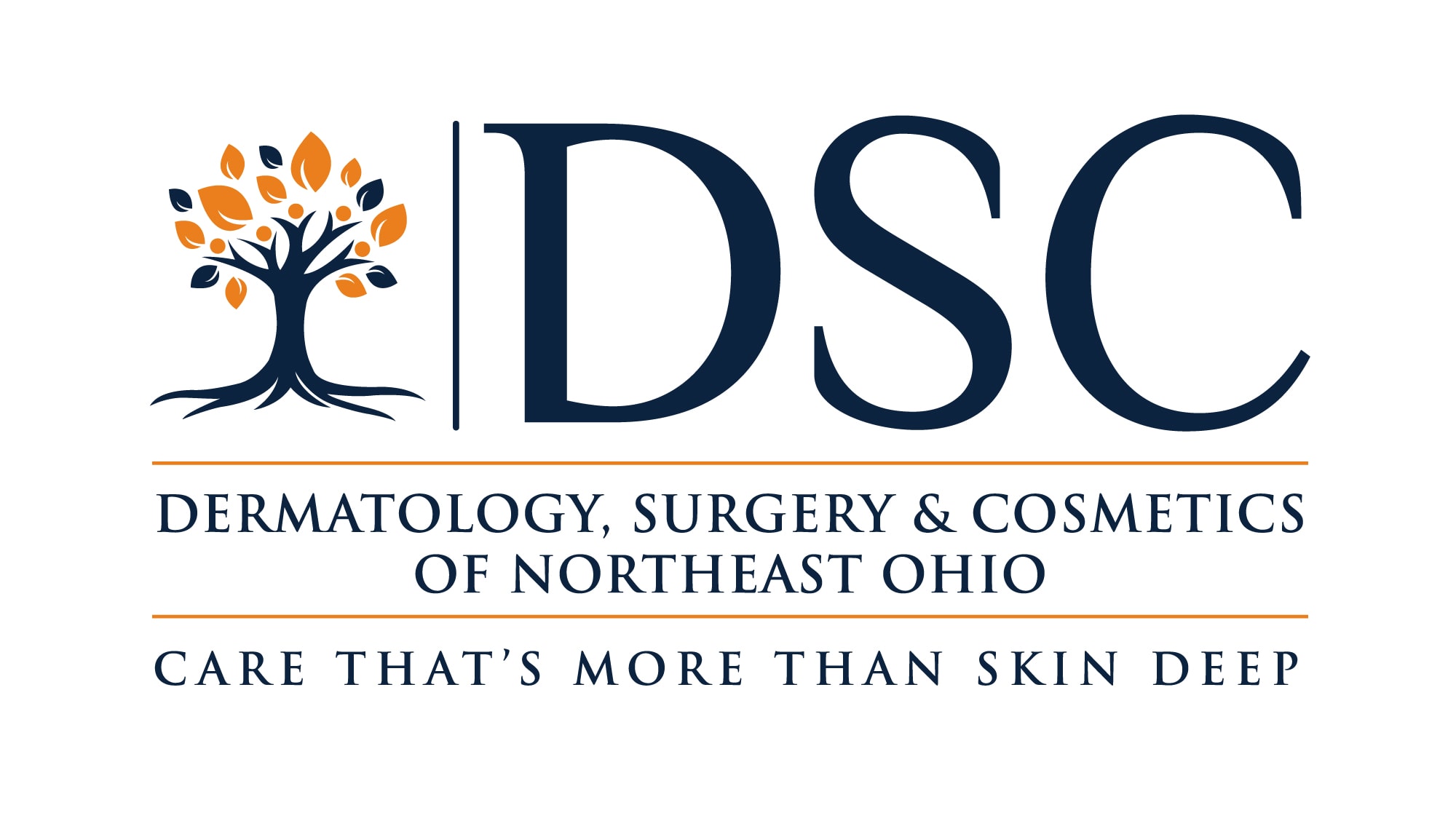PHOTODYNAMIC THERAPY
Photodynamic Therapy (PDT) or blue light is used to treat Actinic Keratosis (Aks). Aks are rough-textured, dry, scaly patches that are caused by excessive exposure to ultraviolet light such as sunlight. Aks typically occur on the face, scalp, ears, neck, hands, and arms. This treatment requires that you are in our office for at least 2 hours. When you first arrive a nurse will cleanse your skin with acetone to remove the natural oils and then a medication called Levulan is applied to the treatment area. We allow that medication to be absorbed for 90 minutes. Once the incubation time period has elapsed you will be placed under a low-intensity light for approximately 17 minutes. This light does not heat the skin; however, during the treatment you may experience sensations of burning, stinging, and tingling. Over the next 2-3 days following the treatment you will notice increased redness, swelling, and burning, similar to a moderate to severe sunburn. We do ask that during this time you avoid the sunlight and bright indoor lights. After approximately a week you will notice that your skin feels much smoother and that many of the Aks have resolved.
TOPICAL THERAPY FOR PRE-CANCEROUS LESIONS
There are topical treatments for Aks. These creams are applied to the affected areas over a period of time. They will cause your skin to become inflamed and swollen and have a burning stinging sensation. After about 2-3 weeks your skin will start to peel and new skin will grow over the treatment area. The total treatment time can last from 3-6 weeks depending on the severity of your sun damage.
Dermatologic surgery is a highly specialized field that focuses on the surgery of the skin. Dr. Popovsky has spent over 12years dedicating her practice to this type of surgery. Unlike a plastic surgeon, her training is first as a dermatologist so she understands the biology of the skin and its diseases. Her surgical fellowship then focused on the surgical treatment of these diseases to give the best cure rates and maximize the cosmetic result. She is able to look at skin biopsies under the microscope herself which can save time leading to diagnosis or aid in deciding proper surgical treatment when different options exist.
There are many skin conditions and diseases that may require surgery. Some examples of conditions that may require surgery are cysts, fatty tumors, painful or unsightly scars, or keloids. Moles are another common reason people are referred in for treatment. Sometimes these are benign. Other moles may be considered abnormal with terms like “atypical” or “dysplastic”.
Cancerous conditions of the skin are also treated with these types of surgeries. Simple skin cancers that do not require Mohs surgery are treated with these standard procedures. Small basal cells and early thin squamous cell carcinomas for example can be frozen, burned off, scraped away, or sometimes require more invasive removal where the wound needs to be stitched closed. Proper treatment is individually determined based on the size, location, and growth pattern of the tumor among other factors.
The three most common forms of skin cancer; basal cell carcinoma, squamous cell carcinoma, and malignant melanoma, account for most of the referrals to the DSC and Dr. Popovsky’s team. We treat more than 1,500 cancers a year at the DSC and do a large number of surgeries for benign skin lesions, growths, and tumors.
